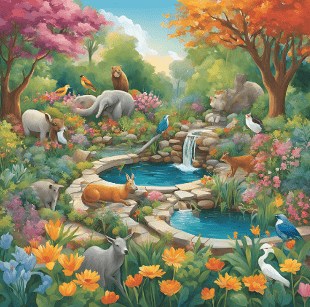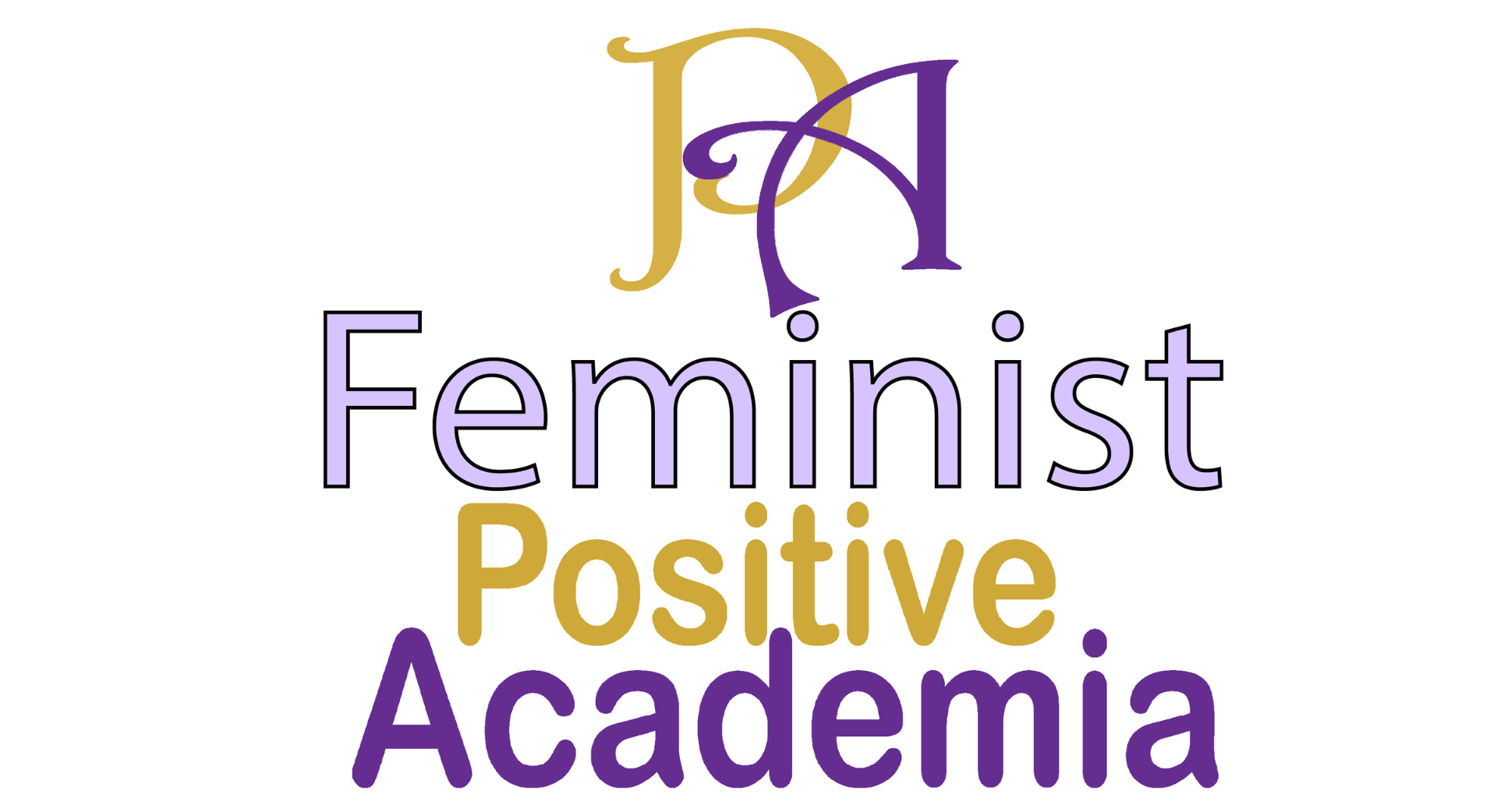
In the Academic Zoo, there was a secret garden known only to a select few. It was called The Garden of Rest – a place where knowledge flowed freely and without boundaries, where no one was judged for their unique ways of thinking. Unlike the rest of the zoo, where towering structures and strict rules dictated who could enter and what they could learn, this garden welcomed everyone.
For years, the garden was overlooked. Most animals wandered the zoo’s rigid paths, following the traditional routes set by the wise but authoritative zookeepers who decided what was correct. These figures often imposed rules that excluded those who did not fit the mold: the ones who questioned, the ones who dared to think differently.
One day, a small group of animals – a wise owl, a curious squirrel, and a determined hedgehog – decided to find the Garden of Rest. They had heard whispers of its existence from those who had stumbled upon it by accident, and they were drawn to it. As they entered the garden, they found an unexpected peace. The garden was wild and unstructured, with trees that bent in all directions and flowers that grew in unpredictable patterns. Knowledge here wasn’t confined to strict lines – it flourished in every corner, shaped by the experiences, perspectives, and strengths of each animal.
The rabbit noticed how each animal was free to be who they are without being told how or when they should grow. The squirrel marvelled at the different paths of thought, all equally valued and respected. The hedgehog felt a deep sense of belonging as she shared her unique perspective on the world with others, knowing that her voice mattered. Together, they realised that the Garden of Rest was a space of solidarity, where every voice contributed to the collective well-being. It was a place where the ‘rules’ of the zoo could be reimagined, where collaboration and inclusion were welcomed and celebrated.
As the three animals returned to the heart of the zoo, they shared what they had found. Gradually, more animals began to visit the garden, and the zoo itself started to change. The strict hierarchies that once held power faded as the voices of many, from the tiniest ant to the largest elephant, were heard and respected.
Moral: reimagining the Academic Zoo through inclusion, collective care, support and shared knowledge creates a space where all can thrive and where the wisdom of many, not just a few, leads to true growth.
How actively do you engage in collective change-making?
What are your strategies for contributing to the reimagination of the Academic Zoo?
Christa & Anne-Wil

